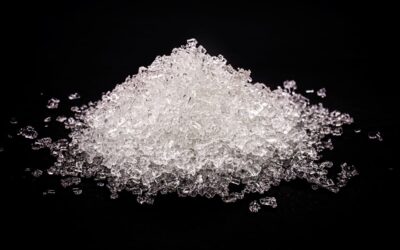Vegetable Fertilizer
Many factors affect the application times and amounts of fertilizers for food cultivation. These essential factors are climate, soil’s chemical structure, and other physical characteristics. Apart from these, different applications can be made according to the desired product. Our recommendations for vegetable fertilizers are based on average values in this article. For better results, we recommend you to have soil and leaf analysis for a balanced feeding program. You can get more and detailed information about food farming such as olive fertilizer, corn fertilizer, tomato fertilizer from our expert agricultural engineers.
Tomato Fertilizer
The need for tomatoes fertilization varies depending on the growth stages of the plant. However, we can state that using organic fertilizers for tomatoes is the most accurate method to provide nutrients. In addition, increasing the amount of organic material in your soil also improves the properties of your soil. In this way, you will facilitate the nutrient uptake of plants. Therefore, before planting tomatoes, check the soil condition in the area. If possible, soil analysis will be the best way for you because unsuitable soil conditions can reduce the uptake of available nutrients.
Corn Fertilizer
Corn fertilizer, which is used both as human food or animal feed, is the raw material of many products in the food industry. Corn plant takes place in the first place among the cereals produced. Therefore, the amount of water and nutrients that corn needs to get from the soil is relatively high. For this reason, using yield-enhancing fertilizers with a rich and balanced content, which cannot be obtained from the soil, is very important. So, how will we determine the fertilizer requirement of corn, and when will we apply fertilization?
Since corn is a plant with high water needs, it likes soils that do not hold water. Therefore, extremely acid or highly alkaline soils are soil types that are not recommended for growing corn. Because soils with pH around 6.0 – 7.0 are slight, acid soils are more suitable for planting corn. The plant nutrients already present in the soil must be determined for the correct planting of corn. For this reason, you can get information from our experts by contacting us while making your seed selection and soil preparation. Since the corn growing conditions are different, you must choose the best seeds according to these conditions.
Olive Fertilizer
Fertilization in the olive tree begins with the planting of the tree and continues in the following years. Fertilizers to be applied should be given at the end of the winter months, before the spring rains. In addition to chemical fertilizers, organic fertilizers can also be used in olives. Proper fertilization should meet the plant’s needs and provide nutrients that cannot be taken from the soil.
Three important nutrients should be given to the olive plant through fertilizers. These are nitrogen, phosphorus, and potassium. According to the leaf and soil analysis results, the most accurate fertilizer dose should be determined. The amount of fertilizer can be slightly reduced or increased by considering the special conditions, such as rainfall, soil structure, and age of the trees.



